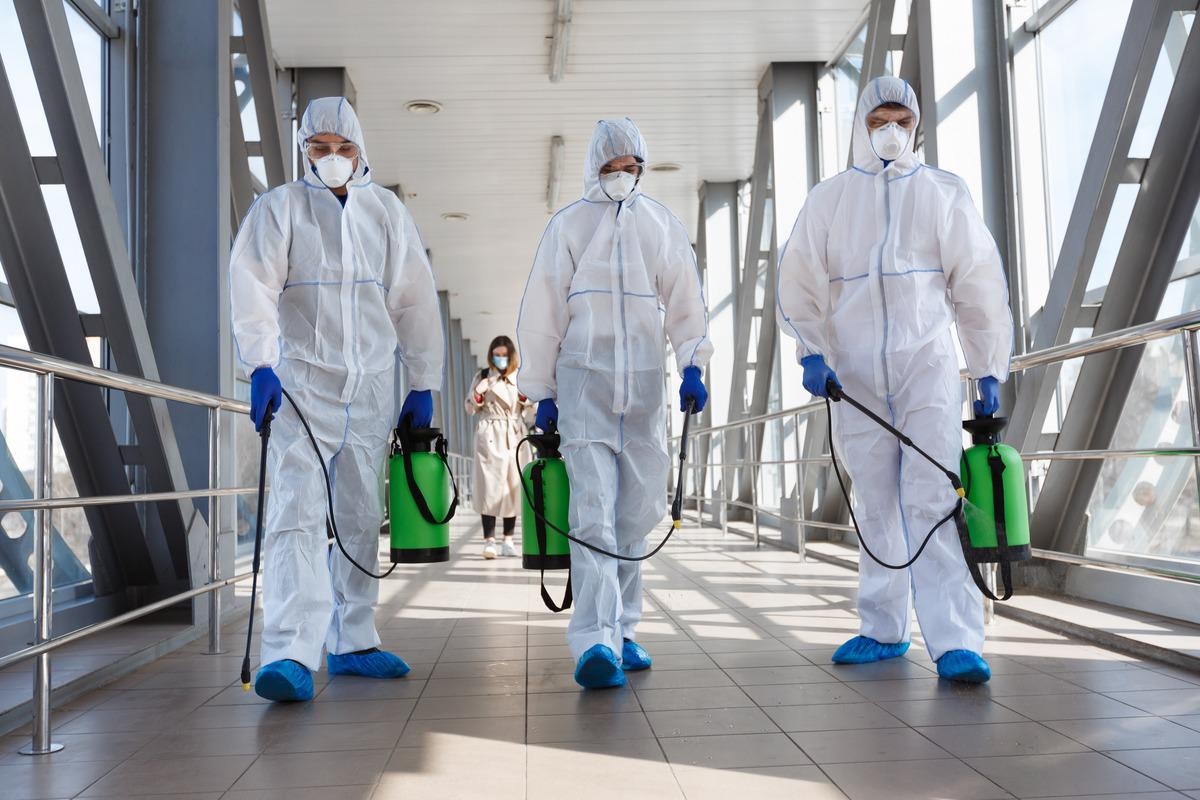Researchers have observed that some coronaviruses, e.g., Middle East Respiratory Syndrome Coronavirus (MERS-CoV), have never caused a pandemic, while others, such as Severe Acute Respiratory Syndrome Coronavirus 2 (SARS-CoV-2), have.
 Study: Why do some coronaviruses become pandemic threats when others do not? Image Credit: Prostock-studio/Shutterstock
Study: Why do some coronaviruses become pandemic threats when others do not? Image Credit: Prostock-studio/Shutterstock
The study
In a new study, scientists focused on resolving the mystery of why some coronaviruses have the potential of causing a pandemic while others do not. The study, which is available as a pre-proof in PLOS Biology, is important because it would provide a holistic understanding of the evolution of the viral genome to enhance population-level transmission.
In the last two decades, three coronaviruses have spilled over from animals and caused epidemics. Severe Acute Respiratory Syndrome Coronavirus (SARS-CoV-1), which emerged in 2002, claimed hundreds of lives but was ultimately contained. Next, MERS-CoV emerged in 2012 but it largely remained contained around Saudi Arabia. The most recent SARS-CoV-2 is extremely infectious and has massively impacted the global healthcare system and economy.
The characteristic feature of the virus at the time of spillover determines the prospect of a pandemic. For instance, when the zoonotic reservoirs of SARS-CoV-1 and SARS-CoV-2 were identified, they did not have any significant epidemiological role. In contrast, at the time when the zoonotic reservoir (camel) of MERS-CoV was identified, it had a significant role in inducing intermittent outbreaks. Therefore, the emergence process of MERS-CoV differs from SARS-CoV-1 and SARS-CoV-2.
The high rate of transmission of SARS-CoV-2 within the human population has been attributed to acquiring the right traits while circulating in the zoonotic reservoir, before infecting humans. Some of the traits acquired by the virus are regions of an RNA sequence that elicit strong innate immune responses, which are frequent in the MERS-CoV genome but low in SARS-CoV-2. Lower CpG ratios have helped SARS-CoV-2 to escape human innate immunity.
The repeated spillover between camels to humans in MERS-CoV provided a barrier to selection for efficient transmission, compared to coronaviruses with a limited frequency of spillovers. Repeated spillovers lead to hidden immunity in individuals, making them less susceptible to the infection.
The role of host biology and pathogenesis
Even though the conditions associated with the zoonotic reservoir did not help MERS-CoV to enhance its rate of transmission, short chains of human-to-human transmission provided further selection and adaptation opportunities. Within-host biology can influence rates of viral growth and modify viral tropism.
Within-host R factor, which determines the within-host dynamics of a virus, of MERS-CoV at the initial stage of symptoms onset was low, compared to SARS-CoV-1 and SARS-CoV-2. Researchers have not yet mapped the association between symptoms and within-host viral growth. Several studies have indicated the possible determining factors for slower within-host growth of MERS-CoV, which include less efficient evasion of innate immunity, a process involving many coronavirus proteins beyond the spike protein, and lower frequency of virus generated within each infected cell.
Scientists have also stated that the location of the infected cells can impact disease severity and ease of viral spread. MERS-CoV uses a cell surface receptor dipeptidyl peptidase 4 (DPP4) to infect humans. The distribution of DPP4 in the human respiratory tract may play an important role in inhibiting pandemic emergence. However, the location of DPP4 (lower respiratory tract) leads to more severe disease, which has led to a high mortality rate compared to SARS-CoV-1 and SARS-CoV-2. The latter viruses use the angiotensin-converting enzyme 2 (ACE2) receptor that is present in the upper respiratory tract.
Comparing MERS-CoV and SARS-CoV-2
Scientists stated that the characteristic properties of hosts and viruses determine the virus load. They believe that building a MERS-CoV and SARS-CoV-2 associated atlas containing the location of maximum viral load and cross-species diversity of viral receptors present in the host respiratory tract and other parts of the body would help understand the association between receptors and virus transmission.
Knowledge about the range and geography of host-virus pairs could also shed light on the pandemic potential of pathogens. Development of an overall host-virus interactions pattern and comparing them with all other viral genes would help characterize pathogens with pandemic potential. Researchers have undertaken a computational simulation approach to understand the connection between host-level factors and population-level factors associated with SAR-CoV, SARS-CoV-1, and SARS-CoV-2. In this model, they have used parameters such as receptor binding factor, immune response, and viral transmission.
Future perspectives
Researchers have stated that although much progress has been made to broaden the surveillance of emerging pathogens, more research is required to better understand the pathogen genetics and ecology of MERS-CoV and the SARS viruses. More studies focusing on the differences between MERS-CoV and SARS-CoV-2 could help develop better insights and theories about emerging pathogens.